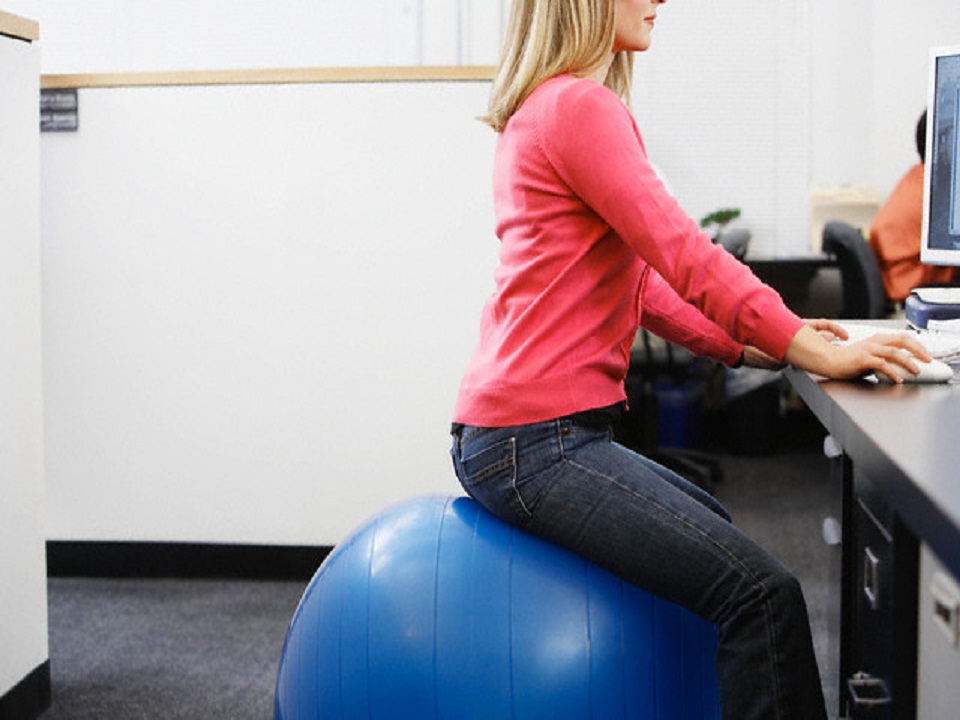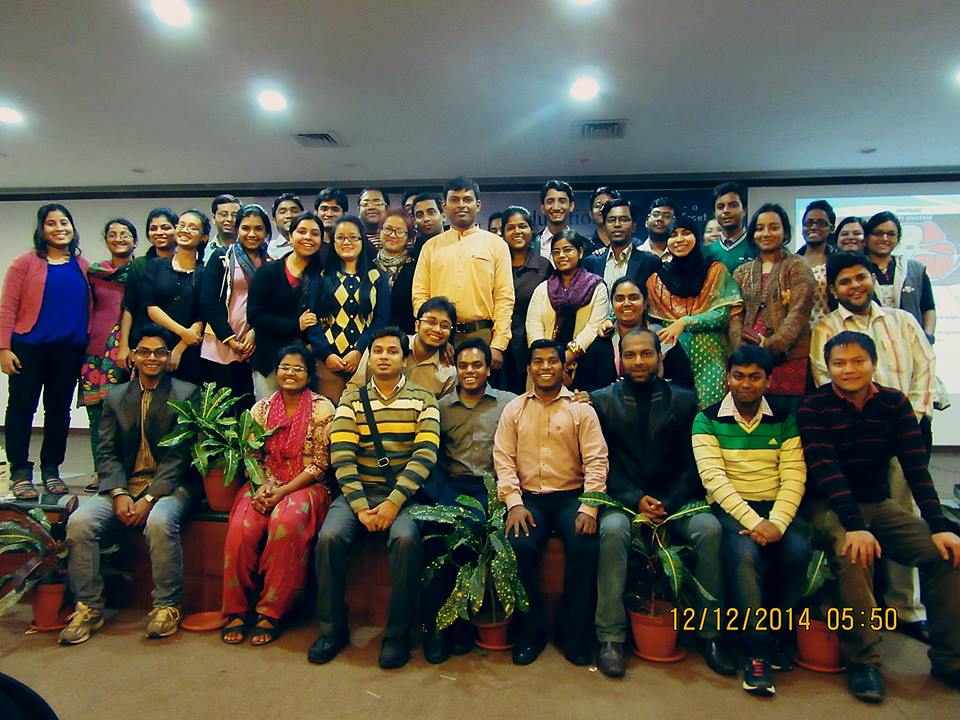It is well known that appropriate ergonomics improves work efficiency and prevents injury. However...
Exercises for the restroom break

Most sedentary people would like to improve both the quality as well as quantity of their physical activity. Unfortunately, lack of time and unavailability of the other resources prevent them from exercising.
The average sedentary worker sits 6-8 hours a day in his desk, which means 40 hours a week, 2000 hours in a year, and 8 to 10 years till his retirement. We have already discussed the perils of prolonged sitting in the previous post. It’s sufficient to say that this amount of sitting is massively detrimental to health.
So, what’s the solution? Fortunately, there is a way to counter the ill effects of sitting. Studies say that if prolonged sitting is broken down into small intervals with breaks in between, then the negative effects of physical inactivity can be avoided. One of the ways this can be achieved is by performing easy to do exercises every now and then throughout the day.
Ideally one should take a break every half an hour to 45 minutes. However, many a times this is not practically feasible. In such a scenario one can at least perform some physical activity when he/she takes a break to go to the restroom. Here I am suggesting seven exercises that you can incorporate into your routine from today. The good thing about these exercises is they are not too awkward looking to perform in the office (or in the restroom). Also, these exercises can be performed with zero equipment.

- Standing calf stretch:
Lift your toes up as much as you can while keeping the knee straight. You should be able to feel the pull in the back of the leg.

2. Calf contraction: Standing on tiptoes. You can walk on tiptoes as well. This exercise will increase circulation by pumping blood from the legs towards the heart.

3. Front of thigh stretch. The picture is self-explanatory. Just keep in mind a couple of things: Do not arch the back too backward and keep both knees parallel. The stretch is not proper if the knees are not in the same line.


4. Ply VMO training
VMO (Vastus Medialis Obliqus) is a very important muscle in the front of thigh which present next to the knee cap on the inner side. To activate VMO Stand upright, leave a little gap between two legs. Then rotate the feet outwards, as it is shown in the picture. From this position, bend the knees a little, not more than twenty-thirty degrees. If you are low on balance you can grab a chair to prevent yourself from falling down.


5. Modified ballet 3rd
The feet need to be positioned correctly to train the VMO efficiently by this exercise. Start at the normal standing position and turn the right feet 45 degrees outward. Now place the heel of the left leg touching the inner border of the right leg between the heel and toe. This leg too is rotated outwards 45 degrees.
From this position push your feet to each other and bend your knees just a few inches and straighten up.

6. Side stretch:
The video is self-explanatory. Stand near a wall if you are not confident of your balance.

7. Abdominal in drawing:
In erect standing create a hollow in the abdomen by drawing air out. Keep your hand in the abdomen to feel (not to push) the amount of movement.
Are you performing any of the above exercises already in your microbreaks? Do you have any other suggestion for the same exercises? Let us know in the comments below.
Kindly take our survey for current trends in physical activity here!
About the author

Dr Subhanjan Das (PT)
BPT, MPT (MSk & Sports), CMP(NZ), Diploma in football medicine (FIFA)
Consultant Physiotherapist of Apollo & Reliva Clinic, HSR Layout, Bangalore
Contact: +91 8967549104
Dr Subhanjan Das (PT) has over 14 years of clinical and 12 years of academic experience. A friendly professional with lots of patience and skilful hands, Dr Subhanjan has worked with thousands of his patients for instant relief of pain and rapid return to activities. He has treated elite athletes for recovery, injury prevention and performance enhancement.
Dr Das is specialized in Orthopaedic and sports physiotherapy and has keeps himself updated with the latest advancements in the field of physiotherapy. He has undergone training on advanced orthopaedic techniques such as Dry Needling, Mulligan Concept, McKenzie method, Pilates, Cupping therapy, McConnel and kinesio taping from the best faculties around the world.
Dr Das has taught in 5 universities across India and has trained physiotherapists in 50+ workshops within and outside India.

































